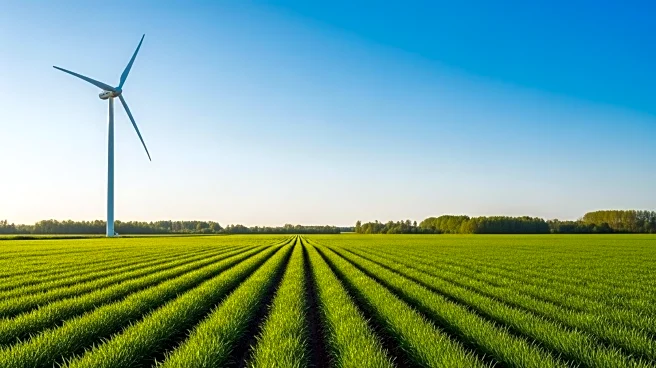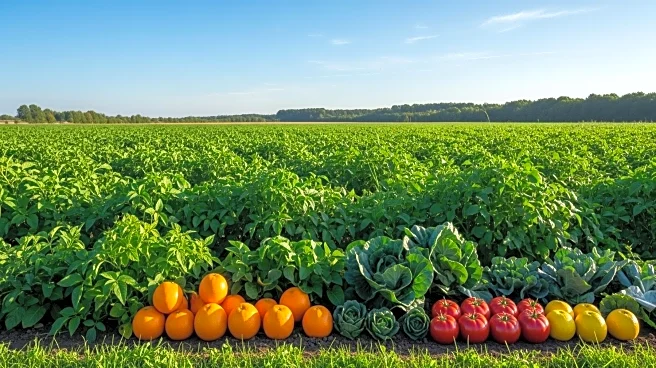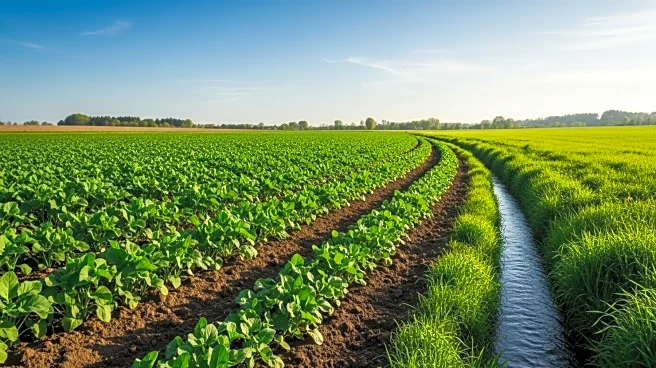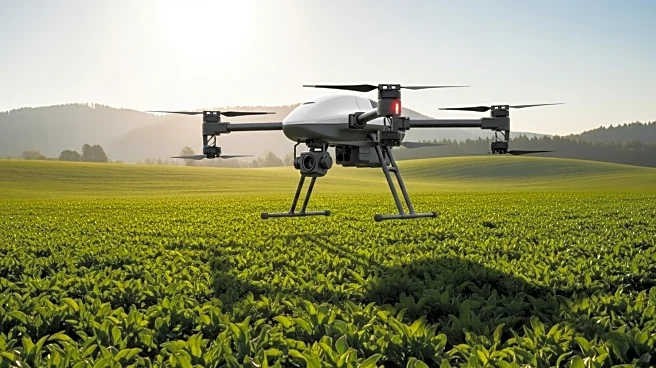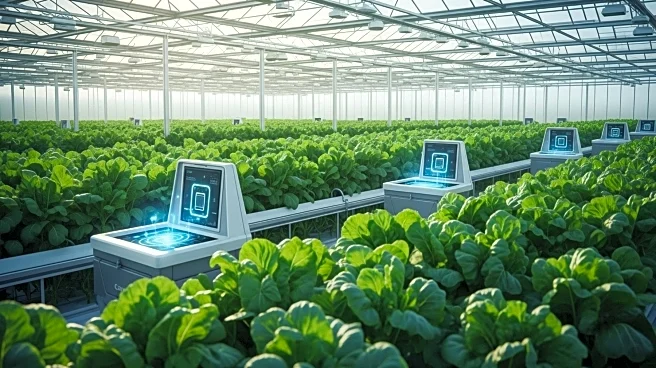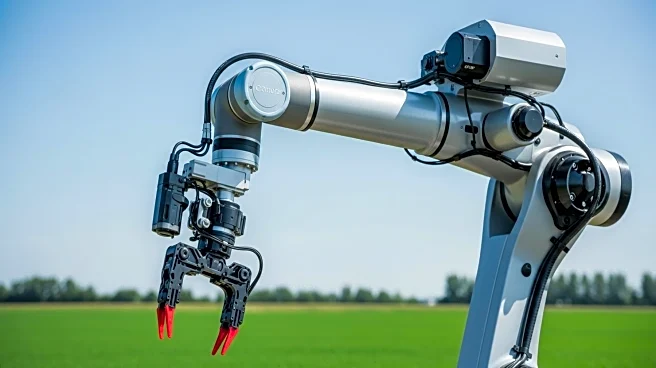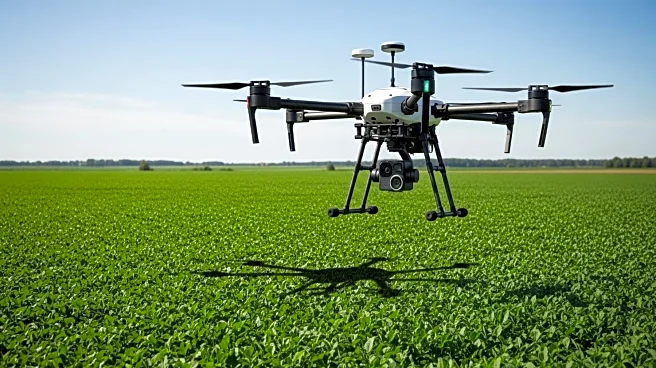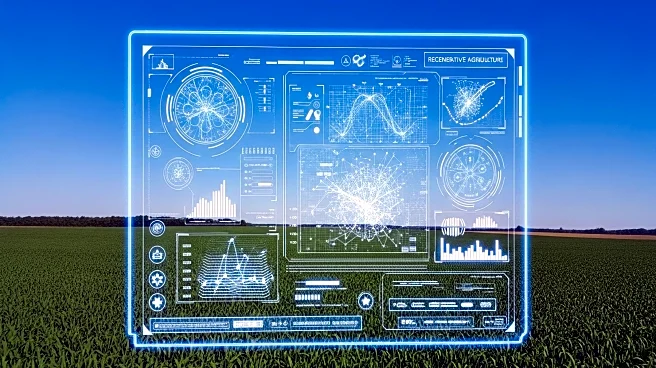What's Happening?
The regenerative agriculture market is experiencing significant growth, with projections indicating it will reach USD 72.21 billion by 2034. This growth is driven by increasing consumer demand for sustainable and organic food products, government incentives, and corporate commitments to carbon reduction. Regenerative agriculture focuses on rebuilding soil health, enhancing biodiversity, improving water cycles, and increasing ecosystem resilience. Unlike conventional agricultural systems, regenerative practices emphasize soil regeneration through techniques such as crop rotation, cover cropping, reduced tillage, and integration of livestock. The market's expansion is supported by technological advancements, including data platforms and analytics tools that allow farmers to monitor soil health and crop performance in real-time, facilitating informed decisions on planting, irrigation, and input management.
Why It's Important?
The rise of regenerative agriculture is crucial in addressing environmental challenges associated with traditional farming methods. By promoting practices that enhance soil health and biodiversity, regenerative agriculture helps mitigate greenhouse gas emissions and promotes carbon sequestration, contributing to climate action. This approach not only improves farm productivity but also reduces dependence on synthetic inputs, offering a sustainable solution to food production. As consumer awareness of environmentally friendly products grows, the demand for regenerative agriculture practices is expected to increase, driving market growth and encouraging more farmers to adopt sustainable methods. The integration of AI and machine learning further enhances the efficiency and success rates of these practices, making them economically viable.
What's Next?
The regenerative agriculture market is poised for continued expansion, with North America leading the way due to strong policy support and significant investments in sustainable farming practices. As more companies and governments commit to carbon neutrality, the demand for regenerative practices is expected to rise, creating opportunities for farmers to earn additional income through carbon credit programs. The adoption of advanced technologies, such as precision application hardware and AI-driven decision support systems, will further facilitate the transition to regenerative methods, reducing risks and improving farm efficiency. Stakeholders are likely to focus on developing comprehensive strategies tailored to specific climates and soil types to maximize the benefits of regenerative agriculture.
Beyond the Headlines
Regenerative agriculture represents a paradigm shift in farming, emphasizing ecological balance and sustainability. This approach not only addresses immediate environmental concerns but also offers long-term benefits, such as improved soil fertility, water retention, and resilience to climate variability. By preserving traditional knowledge and promoting biodiversity, regenerative agriculture supports local economies and food security. The growing interest in carbon markets and ecosystem service payments provides financial incentives for farmers to adopt regenerative practices, further driving market growth. As the industry evolves, stakeholders will need to address challenges such as the lack of robust standards and high upfront investment costs to ensure widespread adoption.


